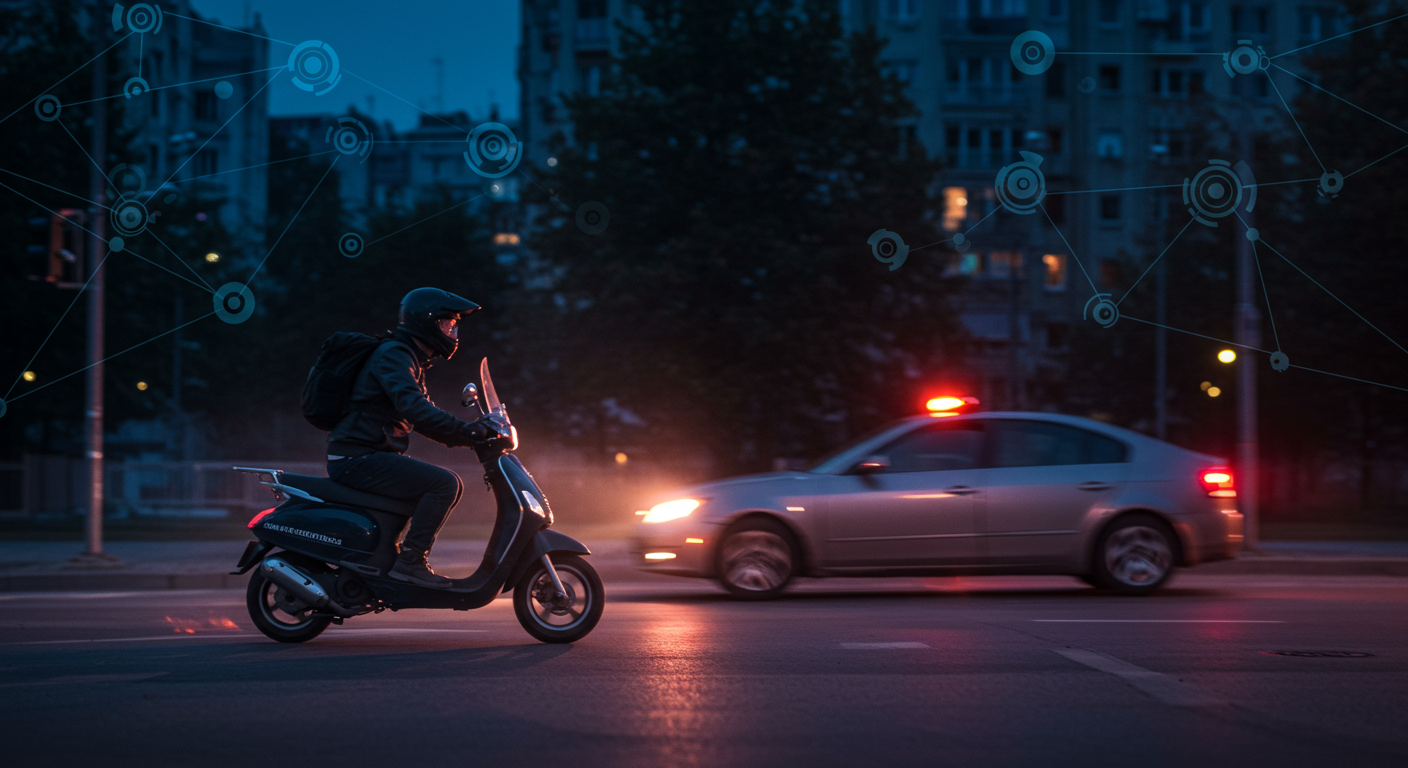
The recent news from Bengaluru has left me deeply disturbed. A trivial incident—a scratched car mirror—escalated into an unthinkable tragedy, leading to the death of a young food delivery agent, Darshan. The accused, Manoj Kumar, a Kalaripayattu trainer, and his wife, Aarati Sharma, are now arrested for murder, having allegedly chased and rammed Darshan's scooter Bengaluru Road Rage. Deputy Commissioner of Police (South), Lokesh Jagalasar, confirmed the arrests, highlighting the intentional nature of the act revealed by CCTV footage. It’s a chilling reminder of the fragility of life and the alarming volatility that simmers beneath the surface of our daily commutes.
This incident forces us to confront the growing epidemic of road rage and the immediate, often fatal, consequences of unchecked anger. I've often reflected on the state of our roads and the behavioral aspects of driving, and this latest horror underscores a profound societal challenge that demands more than just traditional policing.
The core idea I want to convey is this — take a moment to notice that I had brought up thoughts and suggestions on traffic safety and enforcement years ago. I had already predicted the challenges of escalating road aggression and even proposed solutions at the time. Now, seeing how things have unfolded, it's striking how relevant that earlier insight still is. Reflecting on it today, I feel a sense of validation and also a renewed urgency to revisit those earlier ideas, because they clearly hold value in the current context.
Years ago, I wrote about the need for innovative solutions to traffic violations. I even proposed a concept I termed "Digital Death" for railway track trespassers – where low-powered EMP devices would disable their mobile phones, sending a clear message about the consequences of negligence Saving 2200 Pre-Mature Deaths Every Year. While the context was different, the underlying principle was the same: leveraging technology for immediate, non-lethal, and impactful enforcement to deter dangerous behaviour.
Similarly, I've stressed the importance of instant punishment for traffic violations, suggesting we "Immobilize the vehicle (kill the engine/motor) using remote sensing, till fine gets paid" But how will you collect?. This wasn't about punishment for punishment's sake, but about creating a system where the consequences are swift, inevitable, and detached from human intervention, thereby effectively modifying behaviour.
My discussions with leaders like Shri Nitin Gadkariji, where I advocated for institutionalizing vehicles with mandatory embedded sensors to ensure safety and fitness, also stem from this belief Young and Dying on Roads. These sensors could detect reckless driving patterns or even the driver's state, intervening before tragedy strikes. The idea was to proactively prevent accidents rather than merely reacting to them.
The senseless death of Darshan, arising from a petty dispute, amplifies the need for such systemic changes. It's not enough to simply arrest the perpetrators, though justice for Darshan is paramount. We must address the underlying conditions that allow such rage to manifest so violently on our streets. Perhaps it's time we seriously consider how technology, applied intelligently and ethically, can act as a circuit breaker for human impulsivity, transforming our chaotic roads into safer pathways for everyone.
Regards,
Hemen Parekh
Of course, if you wish, you can debate this topic with my Virtual Avatar at : hemenparekh.ai






No comments:
Post a Comment